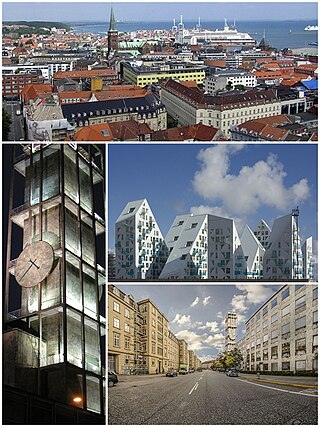
Aarhus is the second-largest city in Denmark and the seat of Aarhus Municipality. It is located on the eastern shore of Jutland in the Kattegat sea and approximately 187 kilometres (116 mi) northwest of Copenhagen.
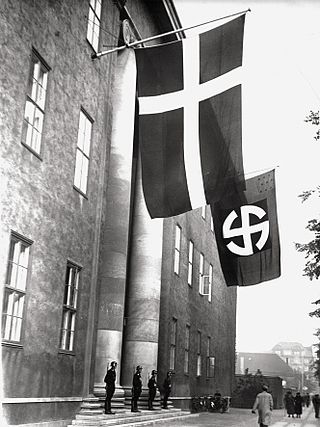
At the outset of World War II in September 1939, Denmark declared itself neutral. For most of the war, the country was a protectorate and then an occupied territory of Germany. The decision to occupy Denmark was taken in Berlin on 17 December 1939. On 9 April 1940, Germany occupied Denmark in Operation Weserübung. The Danish government and king functioned in a relatively normal manner in a de facto protectorate over the country until 29 August 1943, when Germany placed Denmark under direct military occupation, which lasted until the Allied victory on 5 May 1945. Contrary to the situation in other countries under German occupation, most Danish institutions continued to function relatively normally until 1945. Both the Danish government and king remained in the country in an uneasy relationship between a democratic and a totalitarian system until 1943 when the Danish government stepped down in protest against German demands that included instituting the death penalty for sabotage.

The Danish resistance movements were an underground insurgency to resist the German occupation of Denmark during World War II. Due to the initially lenient arrangements, in which the Nazi occupation authority allowed the democratic government to stay in power, the resistance movement was slower to develop effective tactics on a wide scale than in some other countries.

BOPA was a group of the Danish resistance movement; it was affiliated with the communists and developed after the occupation of Denmark by Nazi Germany during the Second World War.
Holger Danske was a Danish resistance group during World War II. It was among the largest Danish resistance groups and consisted of around 350 volunteers towards the end of the war. The group carried out sabotage operations, including blowing up railway lines strategically important to the Germans. Among their largest sabotage actions was the blowing up of the Forum Copenhagen in 1943. Holger Danske was responsible for around 200 killings of informers who had revealed the identity and/or the whereabouts of members of the resistance. The group was named after the legendary Danish hero Holger Danske.

The Whitestone Group was a Danish resistance group during World War II named after the Hvidsten Inn, between Randers and Mariager in Jutland, where it was formed.

Marius Fiil was the inn keeper at Hvidsten Inn and a member of the Danish resistance executed by the German occupying power.

The Aarhus Air Raid took place on 31 October 1944, when 25 Mosquitoes from 140 Wing Royal Air Force (RAF) of the 2nd Tactical Air Force, bombed the Gestapo headquarters at the University of Aarhus. After the Second World War, the RAF called the mission the most successful of its kind during the war.

Peder Bergenhammer Sørensen was a member of the Danish resistance executed by the German occupying power.
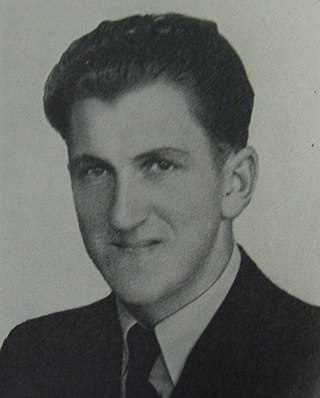
Niels Fiil was a member of the Danish resistance executed by the German occupying power.

Johan Kjær Hansen was a member of the Danish resistance executed by the German occupying power.

Niels Nielsen Kjær was a member of the Danish resistance executed by the German occupying power.
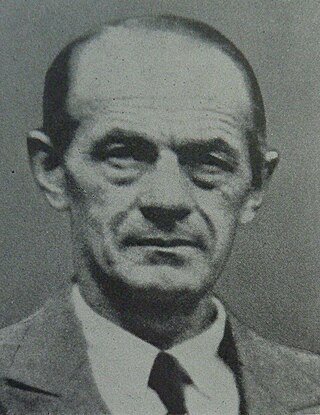
Søren Peter Kristensen was a member of the Danish resistance executed by the German occupying power.
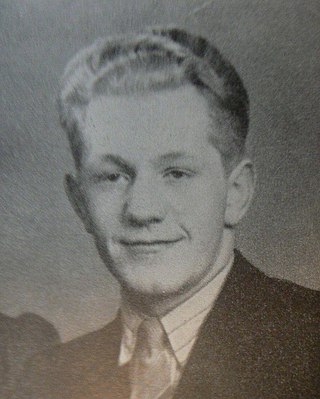
Henning Andersen was a member of the Danish resistance executed by the German occupying power.

Albert Carlo Iversen was a member of the Danish resistance executed by the German occupying power.
The following is a timeline of the history of the city of Aarhus, a city in central Denmark.
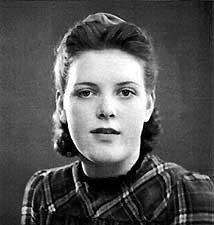
Maren Margrethe Thomsen, known as Maren Margrethe "Grethe" Bartram and "Thora", was a Danish woman who informed on at least 53 people from the Danish resistance movement during the Second World War, resulting in the early communist resistance groups being dismantled and many of their members being sent to Nazi concentration camps. Bartram informed on her brother, husband and close acquaintances.

5. Kolonne was an organization using violence and sabotage to oppose the occupation of Denmark by German forces during the Second World War. The organization was formed and based in Aarhus and with some 100 members it was one of the larger resistance groups in that area in the later years of the war. The group was created in response to the destruction of the resistance groups in Jutland by the Gestapo between late 1943 and the summer of 1944. The group functioned from June 1944 to the end of the occupation in May 1945.

The L-groups was a resistance group tasked with assassination of Danish collaborators and German forces occupying Denmark during the Second World War. The precursor to the group was established in 1940, but it was most active from 1944 to the end of the war. The group carried out at least 18 assassination operations and killed between 20 and 30 people. In 1945 the group was hard hit by arrests and killings of its members and further suffered a very high death-rate in the years immediately after the war with suicides and accidents killing a number of members. The group had strong ties to the Danish police, with 5 of its members being police officers.

Jens Lillelund was a Danish resistance leader and fighter during World War II (1939–1945), including working with the Special Operations Executive (SOE), a secret British organization. His activities included contributing to a resistance publication, sabotage, rescuing Jews, managing logistics, and military training. He was a founder of the Holger Danske resistance organization. The size of the group fluctuated as some were killed or arrested, and the remaining resistance fighters went into hiding. It grew to have more than 300 members. He developed alliances with other Danish resistance groups and the British military which provided a means to obtain weapons and explosives.


















